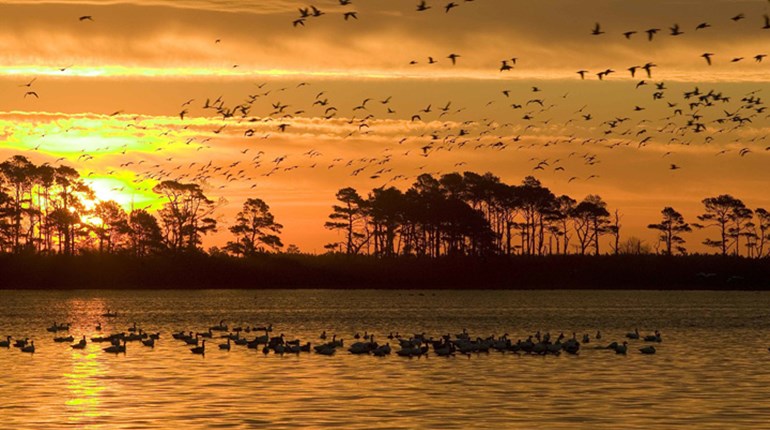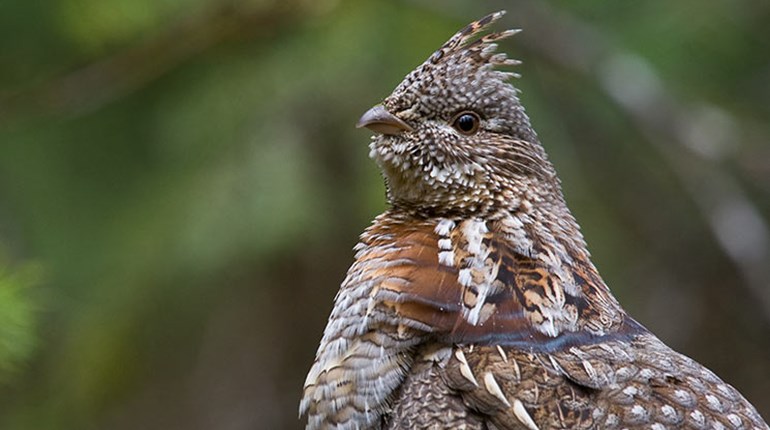
From concerns over loss of prairie habitat to alarmingly low roadside survey numbers, it's been a bad news cycle for the ring-necked pheasant. Well, for those in need a little good news, here it is: It appears Minnesota underestimated its pheasant counts.
In recent years the Land of 10,000 Lakes has become one of America's top pheasant producers, particularly in the southwest corner. So, the August estimate of a 29-percent decline in birds was disheartening. But, hunter success rates thus far seem to be serving as a reminder that the DNR's roadside estimates are just that: estimates.
Some speculate that 2013's cold, wet spring caused many hens to nest late or re-nest after losing clutches. Their chicks would have been too young to be counted in the August surveys. The notion is supported by hunters' reports of juvenile birds--some too young even to be identified as hens or roosters during the opening week.
“I think we underestimated the August counts because I’ve talked with quite a few hunters that have been pleasantly surprised with the birds out there,” Nicole Davros, Minnesota DNR upland game project leader, told the St. Cloud Times. “Several people commented that they saw pheasants on opening weekend that were only a couple weeks old.”
I still believe firmly that we are at a conservation crossroads in the Midwest, but this is good news. Could South Dakota's estimate of a 64-percent decline also be exaggerated? Let's hope so.


































